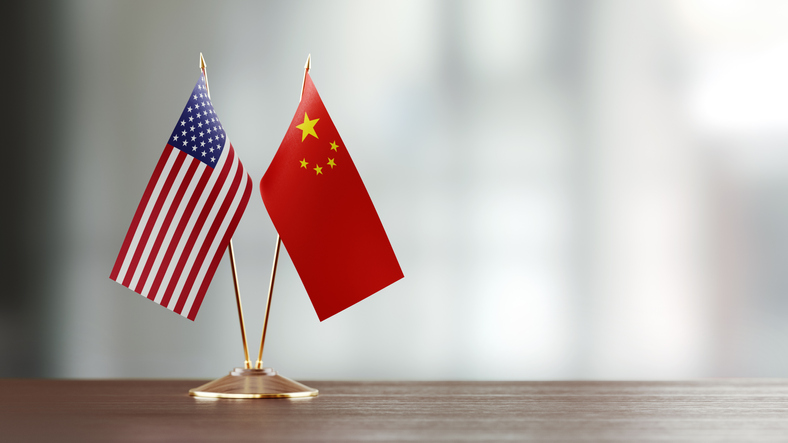
… And the U.S.-China trade deal is said not to include curbs to subsidies.
The U.S.-China trade talks continue. We’re gonna reserve judgment on its contents until we see them. But from what we’ve heard, they may be a little disappointing (more on this later).
Maybe that’s to be expected. This deal has come together in a matter of months. That’s really fast! It’s unrealistic to expect a comprehensive deal between the world’s two largest economies to shape up so quickly. That’s what the Very Smart People have been saying on business television, anyway.
That said, the bilateral-trade-negotiations front isn’t the only one the Trump administration is pressing China on.
For instance, it’s urging allies to stop purchasing Huawei telecommunications products; that’s an extension not only of American concerns over the company’s ties to the Chinese military but of the fight for dominance in the coming 5G telecom market.
It's weighing the idea of tariffs on uranium imports, some of which come from China.
And there are the Section 232 (national security) tariffs it raised on steel and aluminum imports. Those tariffs were raised on all steel and aluminum imports from everywhere … but really, this is another trade fight about China.
Here’s the administration’s (correct) reasoning for them: The ability to make armor-plate steel to build a battle tank, the specialized aluminum for a fighter jet, or the electric-grade steel for a municipal power grid is important to U.S. national security. And if the domestic steel and aluminum industries are made permanently weak by artificially cheap imports – and therefore unable to make the investments necessary to produce such specialty metals – then, boom, you’ve got a bona fide national security issue!
The United States already has plenty of duties in place on Chinese steel and aluminum products, but China’s steel and aluminum industries are massive – really, really massive – and they’re heavily subsidized by the state. The global market in steel and aluminum was in a period of overcapacity in recent years, which means prices were bottoming out because there were too many mills making too much metal, and most of that overcapacity came out of China.
Even if Chinese steel and aluminum faced a lot of American tariffs, it still found its way in – and it made these metals artificially cheap everywhere. The Section 232 tariffs, in effect, are a quarantine, and they’ve helped American industry get back on its feet. Other regions and countries have considered similar measures since then.
Which brings us back to the big, comprehensive trade deal with China. It’s been reported that what’s being hammered out won't include curbs on industrial subsidies.
China funnels a lot of money into its state-owned steel and aluminum industries. Still does! And its steel industry at least shows no sign of slowing. Here’s a headline from last week:
China Is Producing More Steel Than Ever
The maker of half the world’s steel churned out 231 million tons between January and March, up almost 10 percent from a year earlier and the highest for any first quarter on record. Production in March climbed 10 percent to 80.3 million tons, according to data from the statistics bureau.
Here's another from today:
China steel, iron ore rise after Beijing flexes muscle
A top decision-making body of the Communist Party on Friday said that support would come as China's economy still faces "downward pressure" and difficulties despite better-than-expected first quarter growth.
I would encourage the Congressional Republicans currently looking for a way to undermine the Section 232 tariffs to get a brain. The tariffs are working. And as long as the Chinese steel and aluminum industries are distorting the international market, American companies and workers shouldn’t be made to suffer for it.
